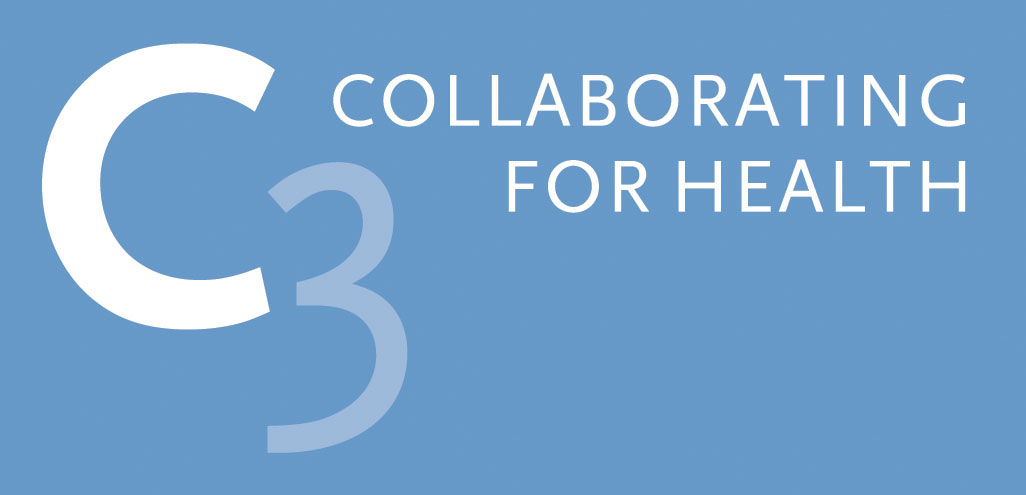Obesity is on the rise in France according to the latest epidemiological survey
Obesity rate in France
Obesity has doubled in France during the last 25 years. The new national epidemiological survey on overweight and obesity by Obepi-Roche (2020) presented last week by “la Ligue contre l’obésité” showed obesity has increased significantly since the last Obepi-Roche survey (2012), 8 years ago. The survey, which involved 12,000 French participants, is also the first report of its kind to study paediatric obesity.
The medical definition for overweight and obesity is based on the body mass index (BMI). BMI is measured in units of kg/m2. A BMI below 18.5 is considered underweight, above 25 is considered overweight, and above 30 is obese. A BMI above 40 is considered “massive obesity”.
According to the survey, nearly 1 adult in 6 is living with obesity in France today. 17% of the French population is obese, compared to 15% 8 years ago, accounting for nearly 8,567,128 individuals. Of the total population, 2 % have a BMI above 40, accounting for 1 million people. 36% are receiving treatment for obesity, 20 % are being treated for diabetes and 18% suffer from sleep apnoea.
Nearly 50% of the French population Is overweight or obese. Overall, according to “la Ligue contre l’obésité” for the first time, the prevalence of overweight is decreasing slightly, while obesity doubled between 1997 and 2020.
Childhood obesity
18% of 2 to 7 year-olds and 6 % of 8 to 17 year-old are obese. Prevalence among young people between 8 and 17 years old is twice as high in boys (62%) as in girls (38%). Young people from disadvantaged background are over-represented. 75% of the 8 to 17 year-olds who are overweight or obese fall into this category – more than 9 points higher than the general population.
Disadvantaged areas
The survey outlined the correlation between obesity and social environment with an obesity level twice as high in working class professions than in white collar professions (18% vs. 9.9%). Moreover, regional disparities are very high as well with the North and East being of greater concern: 22.1% in Hauts-de-France, 20.2% in Grand Est and 19.8% in Normandy. Les Pays de la Loire (14.4 %) and Lile-de-France (14.2 %) fall at the bottom of the list. Obesity rates are also increasing with age. However, in recent years, it is among the youngest (18-24 years old) that obesity has increased the most, from 5.4 % in 2012 to 9.2 % in 2020.
Obesity is multifactorial
Excess weight is driven by environmental, societal, and individual factors. The scale of the problem and its relationship to increased risk of several diseases is well-documented, and it is a leading metabolic risk factor in the development of NCDs such as CVD, cancer, Type 2 diabetes as well as being correlated with a substantial increase in the risk of hospitalisation, the need for a ventilator, and fatality risk among Covid-19 patients. The approach to fight obesity needs to be multifactorial involving multiple sectors but also member of the communities and stakeholders at the local level.
C3 and ASPIRE
C3 is currently working with seven communities in the North of France and the South of England via an EU-funded project ASPIRE (Adding to Social capital and individual Potential In disadvantaged Regions). The four French sites are in “Les Hauts de France”, the region with the highest obesity rates in France. This multi-partner project is aiming to provide people living with obesity/overweight and/or unemployment the tools they need to make healthier lifestyle choices and improve their employability. Among our French partners, we work with ViF (Vivons En Forme), a well-known prevention programme aiming to reduce obesity, which relies on a specific methodology based on Social Marketing and Nudge Theory. Through multi-sector collaboration, C3 works with communities to make it easier for everyone to make healthier choices, which we know is especially difficult for those living in disadvantaged communities.
Words by Nathalie Vauterin
References
Ligue contre l’obésité “Forte progression de l’obesite en France depuis 2020″ https://liguecontrelobesite.org/actualite/forte-progression-de-lobesite-en-france-en-2020/
30 Juin 2021-AFP “Près d’un Français sur deux est obese ou en surpoids”. Le Point.
Accessed 30th June 2021- https://www.lepoint.fr/societe/en-france-l-obesite-progresse-30-06-2021-2433590_23.php
Kompaniyets,L., Goodman,A.B., Belay,B., Freedman,D.s., Sucosky,M.s., et al (2021)Body Mass Index and Risk for COVID-19–Related Hospitalization, Intensive Care Unit Admission, Invasive Mechanical Ventilation, and Death — United States, March–December 2020
Accessed 05 July 2021 https://www.cdc.gov/mmwr/volumes/70/wr/mm7010e4.htm?s_cid=mm7010e4_w
Caussy,C., Patou,F., Wallet,F.,Simon,C.,Chaloppin,S., et al 2018 . Prevalence of obesity among adult inpatients with COVID-19 in France.Lancet Diabetes Endocrinology. Accessed 05 July 2021 https://pubmed.ncbi.nlm.nih.gov/32437642/
“What is Vivons en Forme ?” Accessed 05 July 2021: https://vivonsenforme.org/vif-programme/

